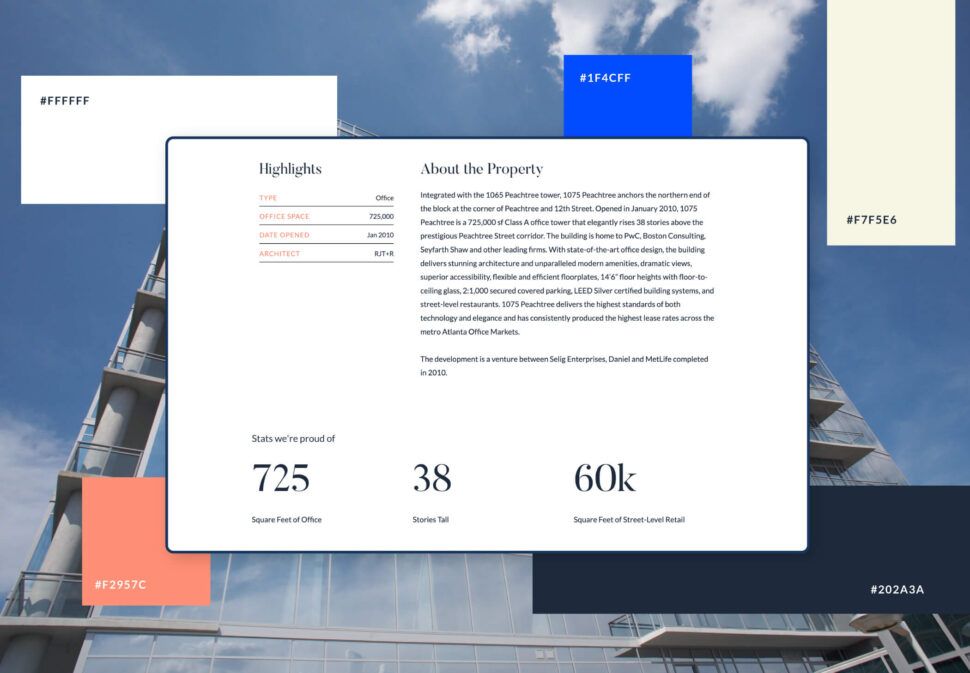June 4, 2025
How to Write a Powerful Design Brief: A Step-by-Step Guide for Creative Success
- Visual Soldiers
- Design
- minute read

TLDR
Think of a design brief as your project’s roadmap—it lays out goals, audience, budget, and timeline so everyone’s on the same page. Follow a clear, step-by-step approach to cover every detail, and steer clear of vague wording or skipping stakeholder feedback. And don’t forget to peek at real-world examples to see what works and what doesn’t—learning from others can save you a lot of headaches.
Creating a compelling design brief is a crucial step in the design process, whether you’re a seasoned designer or just starting out. So, what exactly is a design brief? In essence, it’s a critical communication tool that outlines the scope of a project, establishing expectations between clients and designers. Learning how to ‘write a design brief’ effectively can lead to successful creative outcomes, helping all parties involved to stay aligned on objectives and deliverables.
In this article, we will dive into the importance of a design brief, explore its key components, outline a step-by-step process for writing one, highlight common pitfalls to avoid, and present real-life examples of effective design briefs. With this knowledge, you’ll be well on your way to crafting a design brief that sets clear, actionable goals and fosters creativity.
Understanding the Purpose of a Design Brief
When embarking on a new design project, whether it’s graphic design, web design, or branding, one of the first steps you should take is to learn how to write a design brief. This crucial document acts as a roadmap for both designers and clients, ensuring that everyone is aligned on the project’s goals and expectations. A well-crafted design brief outlines the purpose of the project, target audience, key messages, and any specific requirements. It serves not only to clarify what the client envisions but also helps the designer channel their creativity effectively. By establishing a shared understanding from the outset, a design brief facilitates smoother communication and can significantly enhance the final outcome, ultimately leading to a more successful design project.
Key Components of a Design Brief
When you set out to write a design brief, understanding the key components is crucial to ensure a smooth design process. A well-structured design brief acts as a roadmap that guides the project and ensures everyone is on the same page. Firstly, your design brief should outline the project’s objectives and goals. This section should clearly define what you aim to accomplish with the design. Secondly, consider including your target audience details. Knowing who you’re designing for is essential, as it influences every aspect of the project from aesthetics to functionality. Next, outline the desired outcomes and deliverables. This allows designers to know what is expected at the project’s conclusion. Additionally, incorporating your budget and timeline will help manage expectations and keep the project on track. Lastly, do not forget to include any design specifications, such as style guides or brand requirements. By addressing these key components when you write your design brief, you set the stage for a successful design endeavor that aligns with your vision and goals.
Step-by-Step Process to Write a Design Brief
Creating a design brief can seem intimidating, but breaking it down into a simple step-by-step process makes it a manageable task. To effectively write a design brief, start by gathering all relevant information regarding the project. Identify the purpose of the design, target audience, and key objectives. Next, outline the project scope, including deliverables, timeline, and budget constraints. Be sure to articulate the visual and functional expectations clearly, as this will serve as the roadmap for designers. Once you have a structured outline, organize your thoughts into a coherent document, ensuring it flows logically. Lastly, review your brief with stakeholders to gather feedback and make necessary adjustments. Remember, a well-thought-out design brief is crucial for aligning expectations and fostering effective collaboration throughout the project.
Common Mistakes to Avoid When Writing a Design Brief
When you set out to write a design brief, it’s essential to steer clear of common pitfalls that can lead to misunderstandings and suboptimal outcomes. One of the most frequent mistakes is failing to clearly define the project goals and objectives. Without a concise direction, designers can easily misinterpret your vision, leading to revisions and wasted time. Another common error is being overly vague in the target audience section. Instead of saying ‘everyone,’ specify demographics and psychographics to guide the design choices effectively. Additionally, neglecting to include timeline and budget parameters can cause projects to derail, as designers need these constraints to ensure they can deliver quality work on time. Finally, overlooking the importance of stakeholder feedback can result in missed opportunities for collaboration and refinement. Always remember, a well-crafted design brief serves as the backbone of your project, ensuring clarity and alignment throughout the design process.
Real-Life Examples of Effective Design Briefs
When it comes to creating compelling design solutions, knowing how to write a design brief is crucial. A great design brief not only communicates the project’s goals but also serves as a roadmap for creative teams. For instance, let’s consider the case of Airia AI Platform. Their design brief emphasized the need for a seamless user experience and a beautiful modular website that could scale and shift as fast as the industry does. By clearly outlining their objectives, target audience, and the essence of their brand, we helped Airia enhance its digital platform, leading to a faster content creation process. Another example is the rebranding effort by Mailchimp, where their design brief focused on simplifying their messaging and aesthetics to resonate better with small business owners. These cases illustrate that when teams take the time to write a design brief, it can significantly influence the outcome of the project, ensuring alignment and creativity from the ground up. Therefore, investing effort into writing a detailed, thoughtful design brief can pave the way for innovative and successful results.







